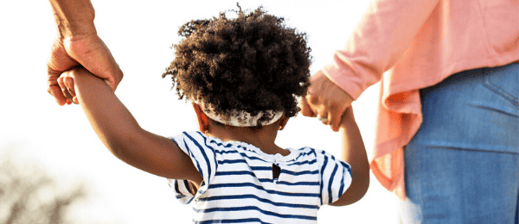
The following is a highlight of the discussion from a recent webinar on trauma-informed strategies. You can watch the entire webinar, Interactions at the Heart of Healing – CLASS-based Strategies for Supporting Teachers and Children, which is part of our free Trauma-informed care webinar series.
Trauma is not just about a specific event or a series of events, but how it's experienced and the kind of lasting effects. I think it's important for us to remember that the same event might be experienced and impact different children in different ways.
When we think about some of the causes of trauma, we also need to know that this is not a unique experience of a few but it's something that is impacting many of our children and with COVID-19, we know those numbers are going to be much higher. We also know that it's inequitably distributed and the impacts of this trauma are really at a physiological level for children.
As children are feeling stressed both in the moment of trauma but also as they sort of re-experience that in the classroom it's truly impacting their brains their stress hormones in ways that change their behavior and so what we see on the outside are these external behaviors but we have to remember that often the behaviors aren't matching what children are feeling.
Supporting Students Experiencing Trauma
3 Key Practices for Supporting students experiencing trauma:
- Relationships
- Responsiveness
- Routines
It’s not about the average child; it’s about every child. How can we make sure that we’re giving all children equitable access to these interactions in our classrooms? We know that sometimes the children who need us most are not the ones who we’re naturally drawn to want to spend time with.
I always say that seeing teaching transforms teaching. Sometimes when we're in the moment it becomes hard to be reflective, but the opportunity to watch yourself interact with children, especially children with whom you're struggling, I think sometimes can be so powerful, because you just see things in a new light.
Watch this short video and think about what the teacher is doing to support this child who is entering the classroom after a stressful and traumatic weekend.
You can see the teacher was acknowledging the child’s emotion, “You had a really rough weekend. You don’t seem happy.” She then proceeds to offer different ways to comfort this child by asking her, “Would it make you feel better if I read you a story?” In that moment you can clearly see how this teacher’s calm voice and physical affection that she was giving her by placing her arm around her starts to calm this child. This demonstrates the importance of those relationships that we develop. The children have to know that we are their alternate secure base and this teacher definitely demonstrated that in this video.
Routines are especially important for children with traumatic experiences because sometimes that structure that we provide is the only structure that they receive. So knowing that when they come into the classroom they know what to expect- they know that Ms. Ramon is going to be there to greet them at the door. When they come in, they're going to sit down and have their breakfast and then we’re going to circle time. Those routines that we place for our children really provide that level of security that’s important for them to have.
What other examples do you see of this teacher building relationships, being responsive, and creating routines? Share your thoughts in this thread in the CLASS Learning Community.

